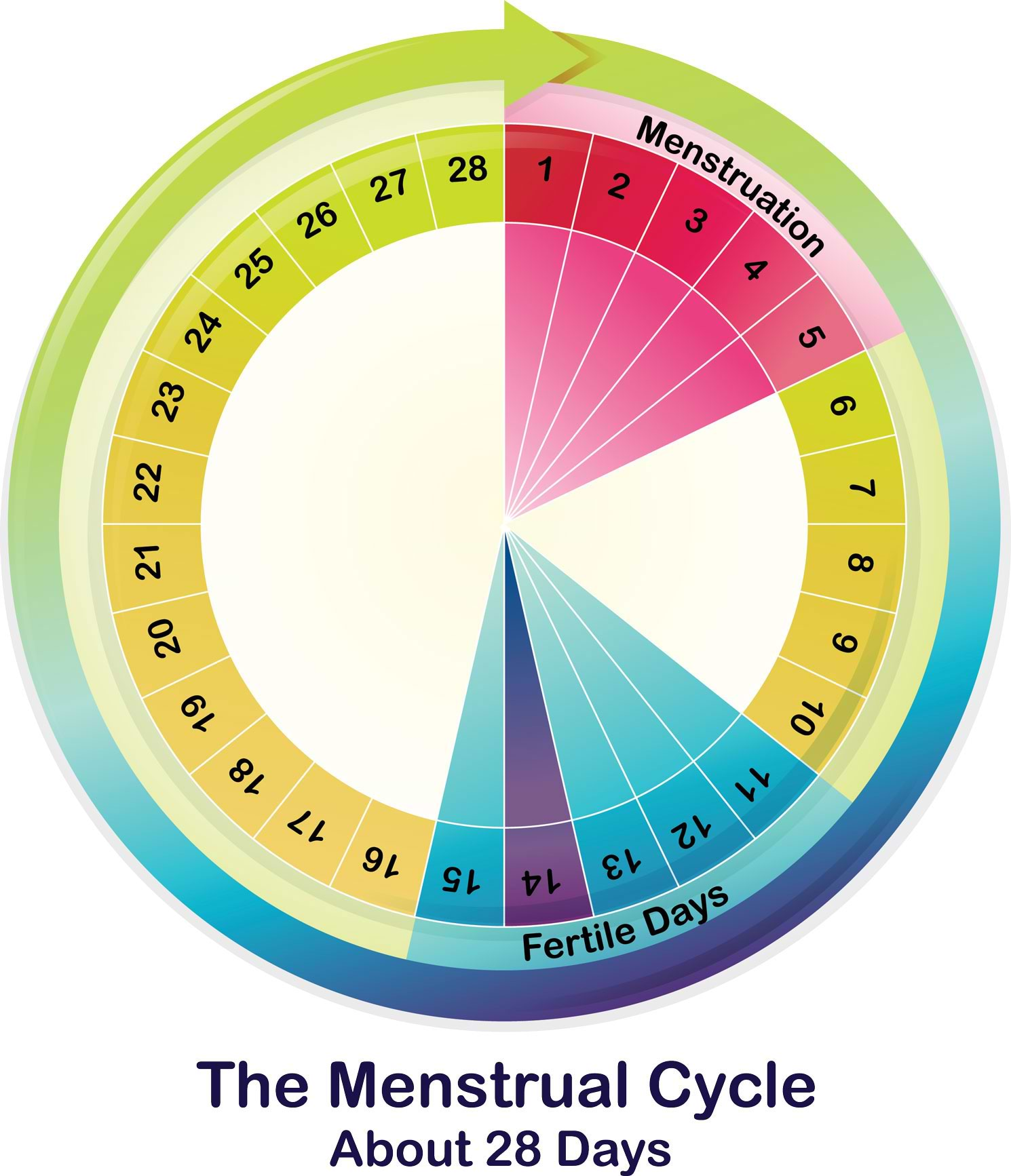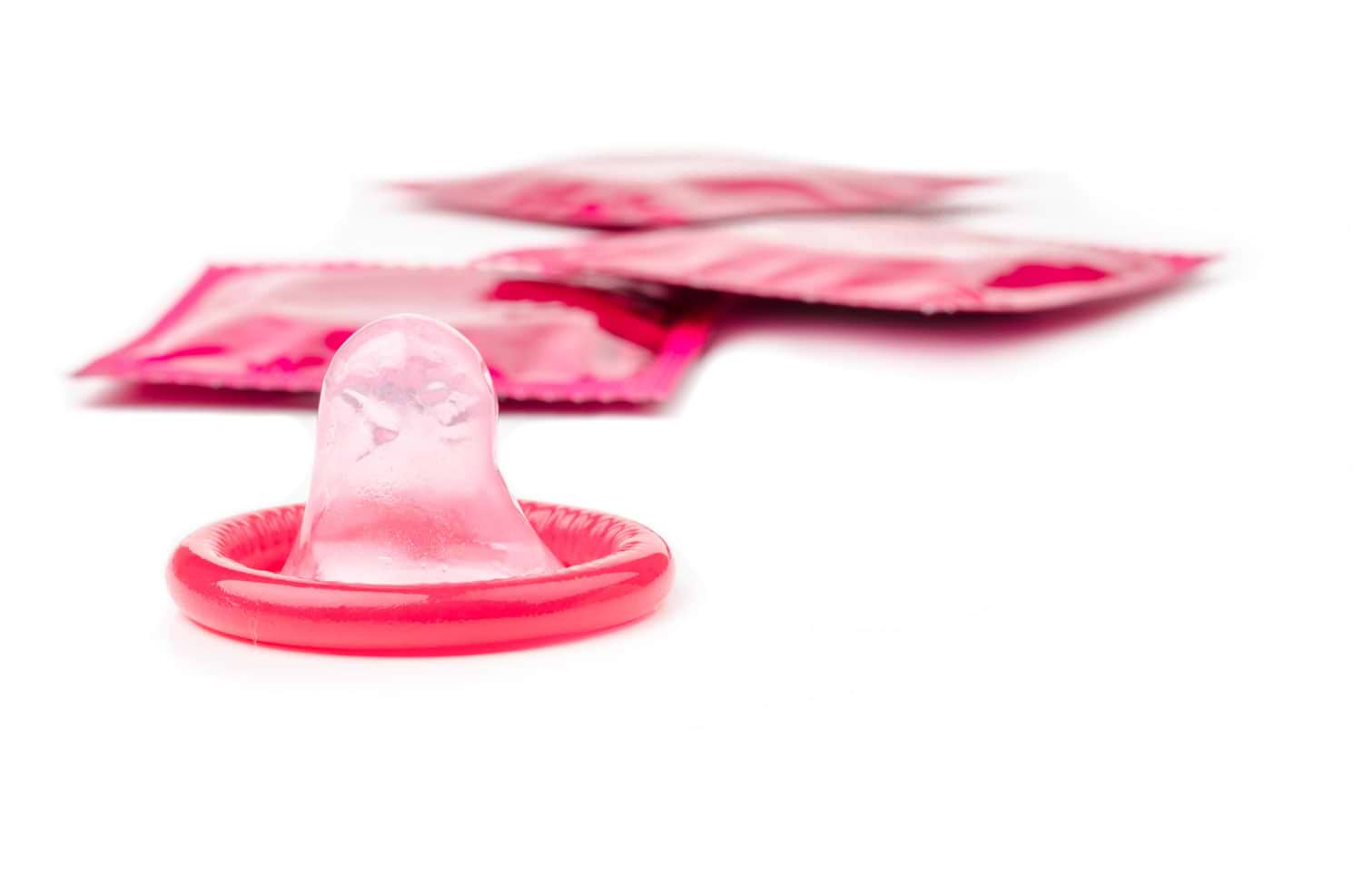Welcome to thoughtful, organic beauty
Hello Joyous is an organic, plant-based, sustainable beauty brand here to bring more joy to your day.
Ten years ago, I quit the birth control pill. Like some of my clients, I had little choice in the matter, since the side effects at the time were just not something I could live with (in this case, increasing my milk supply to the point where my newborn daughter was choking). While Ive had a few clients who came off hormonal birth control due to life-threatening side effects like stroke, most people who come off it fall into one of three camps they either cant bear the side effects (like depression, moodiness or low libido), the pill no longer fits with their organic healthful lifestyle, or they are hoping to conceive in the near future and are concerned about their fertility. Whatever the reason, the logical next question is what now?
In a society where the Pill and contraception have become synonymous, it can feel like there are no other options. Or at the very least, no other options that actually work. So it usually comes as a surprise that there are, in fact, healthy natural alternatives to hormonal birth control.
Here are five options along with instructions (where relevant) on how to enhance the efficacy of each:

Copper IUD
If youre looking for something as effective as the Pill that requires little-to-no hassle, the copper IUD is a great bet. Its over 99% effective, lasts for twelve years and, once inserted, requires no maintenance or action on your part. The down sides: insertion hurts, it can cause spotting for up to six months, and it isnt appropriate for those with a history of severe menstrual cramps. In rare cases, it can also be expelled and some partners can feel the IUD strings during penetration. For more info about the IUD check out this YouTube video.

Fertility Awareness Method
This is my birth control method of choice. It uses proven physiological signs of fertility to help a person track when theyre fertile. When done correctly it is 99.4% effective. Unfortunately, its hard to find typical use statistics since FAM is often lumped in with the rhythm method and calendar method, which are definitely not effective! The benefits of FAM are that it is completely natural, it can be used in conjunction with other birth control methods, and it is great for monitoring hormonal health. The downsides are that it requires an initial investment to learn the method and gain proficiency, and it requires abstinence from vaginal sex on fertile days of the cycle (on average about seven days) in order to be most effective. This is the method I have been using for the last ten years and teaching for the last eight years. To learn more about the specific method I teach the Justisse Method you can check out this YouTube video called What is the Justisse Method?

Condoms
Everyone knows about condoms as a birth control option, but a lot of people shy away from using them as their primary form of birth control. This is partly because their efficacy is lower compared to other methods (82% with typical use and 98% in perfect use). But they can also reduce sensation for both partners and require pre-planning. However, I like to help my clients reduce the impact of points one and two by having them combine condoms with FAM (above). If STI protection is not an issue, then you can enjoy certain times of your cycle condom-free. If you are using condoms for STI protection, then at least if the condom breaks or slips off youll have a good idea of whether you are fertile and need to consider emergency contraception. For help choosing the right condom (that wont cause irritation and will maximize sensation) check out this blog post and video.
Cervical Caps or Diaphragms
Although cervical barriers have gone out of fashion in the past few decades, they are one of the oldest forms of birth control and do provide a reasonably effective alternative to hormonal contraception (88% with typical use and 94% in perfect use). Like condoms, I encourage people to pair cervical caps and diaphragms with FAM to enhance their efficacy. I recommend doubling up on two methods (like condoms plus cervical caps) during the seven or so days per cycle when you are fertile, and then either using nothing or using just one of those two methods during your infertile days (depending on your proficiency and confidence with using FAM). Because theyre not very popular, anymore it can be hard to find a doctor to fit you for a cervical cap or diaphragm, but there are now models like the Caya, which are a one-size-fits-most and are available online.
Withdrawal (a.k.a. the Pull-Out Method)
Okay, before you cringe, hear me out. Recent research has shown that when done correctly, withdrawal can be 96% effective (almost as high as condoms). However, in typical use it can be as low as 73%, making it the least effective of any of the methods listed above. The challenges with this method are ensuring good communication between partners and feeling confident that a partner will let you know if they didnt successfully withdraw in time so that you can take alternate measures (such as emergency contraception). This method, like the two above, is one that I encourage my clients to use in conjunction with FAM and potentially in conjunction with another birth control method. For more information on how to use withdrawal responsibly, click here.
I hope this has been helpful! Every client I work with who chooses to ditch the Pill in favour of FAM reports that it is an empowering experience. The process helps demystify how the body works and unravels the fearful contraceptive mentality that is installed in us from middle school on. You can only actually conceive on one day per cycle, so there is no need to be constantly frightened that your body will betray you with an unplanned pregnancy. Knowledge is power, but unfortunately we are not equipped with much of it on this topic while growing up. However, we can work to change that by challenging the status quo and embracing natural contraceptive options that work with our bodies instead of against them.
For more information and support, download our free guide to ditching the pill.
Thank you SO much for this article. I have been off the pill now for over 3yrs, but it has been an ongoing struggle to find an alternative that won't mess with my natural hormones. I can't wait to look into the FAM method more. Thanks again for all of this info <3
ReplyYou are so welcome, Moi! So glad to hear you enjoyed the information :) Heather- Joyous Health Team
I tried so many different brands of the pill, my doctor and I could never find the right "mix" of hormones (periods would either be extra unpleasant or stop altogether). Then I tried Nuvaring and the migraines were so terrible I only lasted a week with it. I have been using FAM for about 8 years now, there is no way I would ever go back to a hormonal birth control!
ReplyAmazing! So glad to hear you found something that works for you. Thanks for sharing, Sarah :) Heather- Joyous Health Team
Thanks for sharing the article, keep updating.
Reply